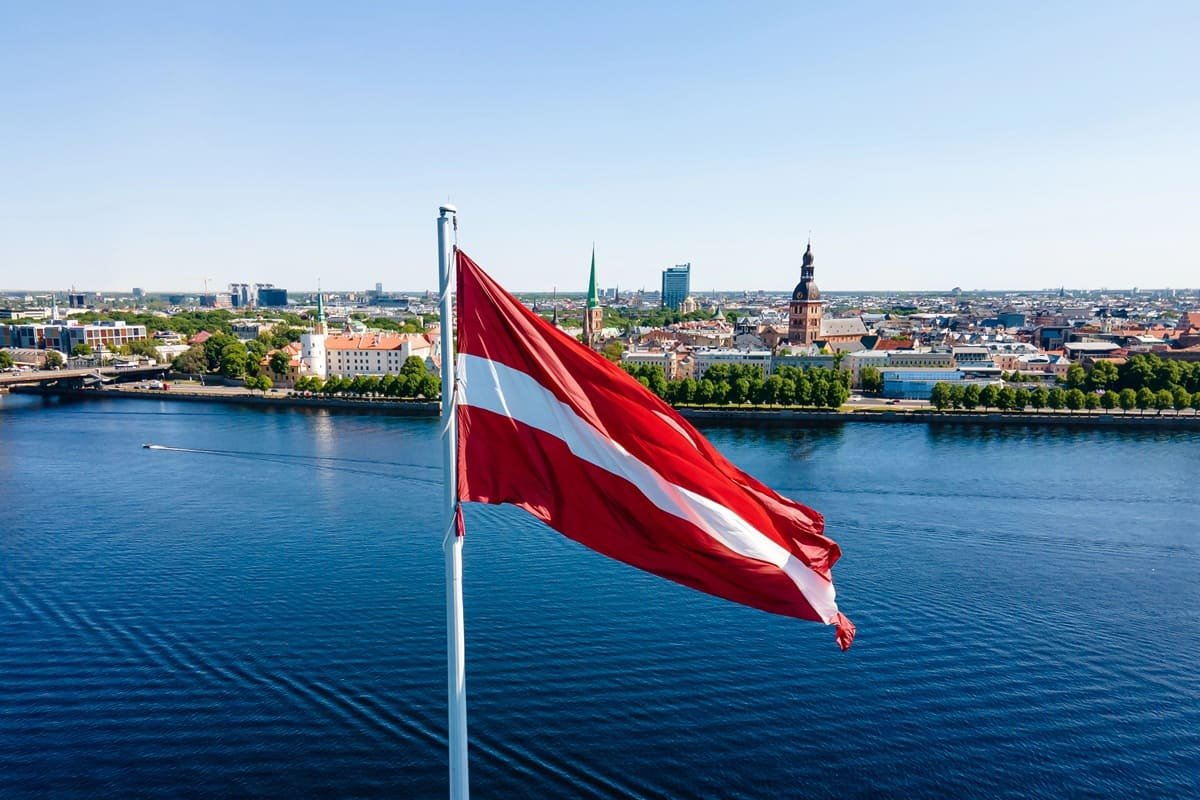Foreign visitors exempt from entry visas to Japan will soon be required to obtain an ESTA-type electronic travel authorization to visit the Land of the Rising Sun.
Tourists from 71 countries and territories, including European states, do not need a visa to travel to Japan. Simply with a valid passport, foreign visitors eligible for this visa exemption can stay in the country for up to 90 days.
In the near future, Japanese authorities plan to introduce a new pre-departure requirement, a process familiar to travelers who frequently visit the United States, Canada, or Australia.
Japan is currently working on creating an Electronic Travel Authorization (ETA) system for citizens of countries benefiting from a visa-free regime and it could be implemented very soon.
Electronic travel authorization for Japan to be introduced as early as 2025?
This Friday, June 21, the Japanese government held a related ministerial meeting on the acceptance and coexistence of foreign human resources at the Prime Minister’s Office.
During this meeting, the ministers reviewed the “roadmap for achieving a society that coexists with foreign residents”, a series of measures aimed at facilitating the lives of foreign residents in Japan.
In the updated roadmap released today, the authorities outlined a “comprehensive intervention plan” detailing the measures to be taken by next year. Among these priority initiatives is the introduction of an electronic travel authorization system.
A system will soon be implemented for foreigners exempt from short-term visa requirements to declare, among other things, the purpose of their stay, family members, and provide passport information before traveling to Japan.
In this “Japanese version of the ESTA,” if the purpose of the visit is professional, the name of the business partner must be specified; if the purpose is medical, the name of the hospital must be indicated, etc.
In case of a suspicious declaration, the Immigration Services Agency of Japan (ISA) will deny the traveler’s entry into the country.
During the meeting, Chief Cabinet Secretary Yoshimasa Hayashi stated that the goal is to create a symbiotic society where Japanese and foreigners respect each other and can live safely.
Who will be affected by this electronic travel authorization for Japan?
Japan welcomed over 3 million visitors for the third consecutive month in May, according to official data released this Wednesday, with the weak yen helping to maintain a record pace for inbound tourism.
Arrivals last month increased by 60% compared to the same period last year and by 9.6% compared to May 2019. Japan recorded a record 31.9 million visitors in 2019 before the COVID-19 pandemic closed global borders.
Among these visitors, a large portion comes from visa-exempt countries.
Japan grants visa-free entry to citizens of 71 countries and territories. These visitors will soon need to apply for an electronic travel authorization (ETA) before traveling to the country.
Countries whose citizens are exempt from visa requirements for Japan (up to 90 days, with some exceptions*):
- Andorra
- Argentina
- Australia
- Austria
- Bahamas
- Barbados
- Belgium
- Brazil
- Brunei***
- Bulgaria
- Canada
- Chile
- Costa Rica
- Croatia
- Cyprus
- Czech Republic
- Czech Republic
- Denmark
- Dominican Republic
- El Salvador
- Estonia
- Finland
- France
- Germany
- Greece
- Guatemala
- Honduras
- Hong Kong
- Hungary
- Iceland
- Indonesia**
- Ireland
- Israel
- Italy
- Latvia
- Lesotho
- Liechtenstein
- Lithuania
- Luxembourg
- Macau
- Malaysia
- Malta
- Mauritius
- Mexico
- Monaco
- Netherlands
- New Zealand
- North Macedonia
- Norway
- Panama
- Poland
- Portugal
- Qatar*
- Romania
- San Marino
- Serbia
- Singapore
- Slovakia
- Slovenia
- Spain
- Suriname
- Sweden
- Switzerland
- Taiwan
- Thailand**
- Tunisia
- Turkey
- United Arab Emirates*
- United Kingdom
- United States
- Uruguay
* 30 days visa-free in Japan
** 15 days visa free in Japan
*** 14 days visa free in Japan







Soon, Soon, soon …When?
Re: new rules for certain foreigners to enter Japan.
Do passengers require authorization to transit at a Japanese airport?
Thank you.